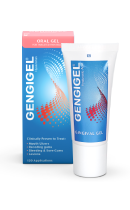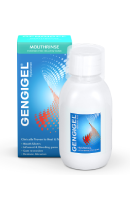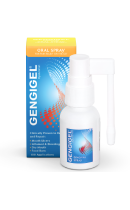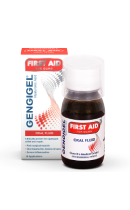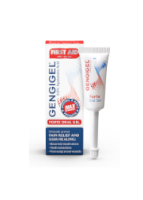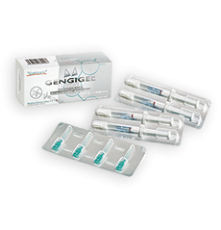Hyaluronic acid (HA) was first discovered in 1934 by two Columbia University scientists, Karl Meyer and John Palmer, who isolated the substance from a cow’s eye. Today this macromolecule is most frequently referred to as Hyaluronan, reflecting the fact that it exists in vivo as a polyanion and not in the protonated acid form.
The first industrial applications were performed in the ophthalmic field (Sweden), and in the dermatological field for burn damage (Italy). Pharmaceutical companies, requiring industrial quantities of HA, opted to use a product of animal origin obtained from coxcombs. More recently, with the advent of biotechnology, the industry has obtained this substance from a specific bacterium (microbial production), leading to significant improvements in quality and without the risk of viral infection.
Gengigel is the first product range that applies the benefits of HA to the field of dentistry. Gengigel utilises a patented version of hyaluronic acid that is particularly suitable to re-form the gingival tissues, to reduce oedema (swelling), and therefore regulate the return of the gum to the normal physiological state. The range also relies on patented muco-adhesive membrane technology to ensure that the HA remains in contact with the gums and is not washed away by saliva.


